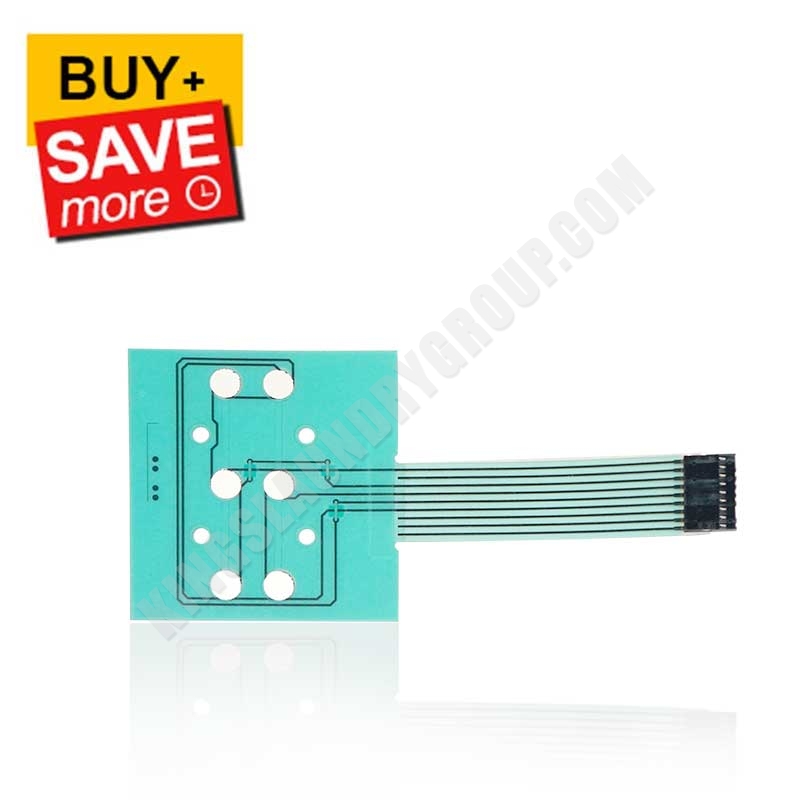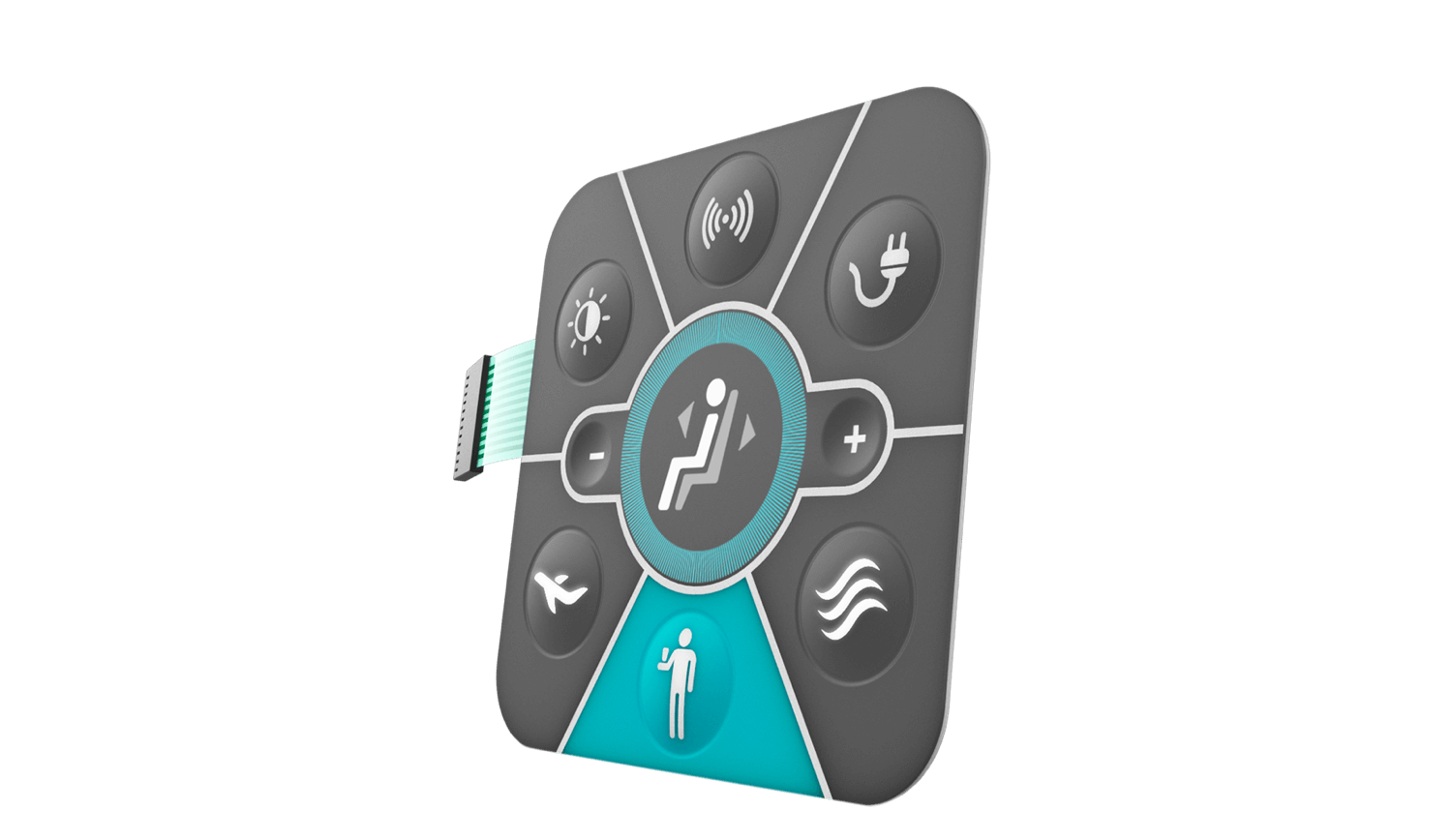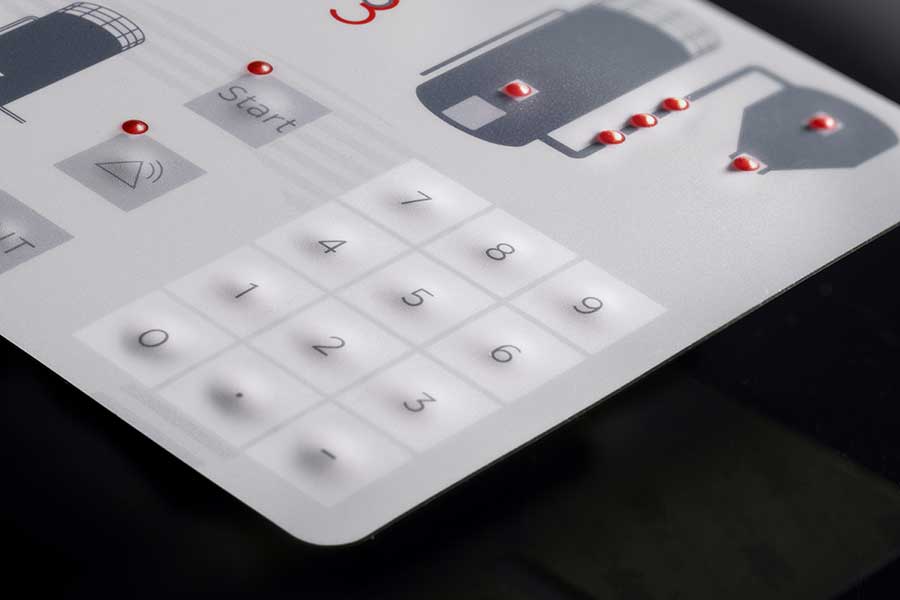Explore Various Sorts Of Membrane Switch Technologies for Your Demands
Explore Various Sorts Of Membrane Switch Technologies for Your Demands
Blog Article
Understanding the Functionality of Membrane Switches for Interface Devices
The performance of membrane layer changes stands for a significant advancement in user interface design, incorporating effectiveness with visual adaptability. As markets progressively prioritize user experience, recognizing the nuances of membrane switch innovation becomes necessary.
What Are Membrane Layer Buttons?
Membrane buttons are ingenious user interface gadgets that promote individual communication with electronic devices. These functional components contain multiple layers, including a graphic overlay, spacer, and a published circuit layer. The design enables a seamless integration right into different digital tools, boosting both the aesthetic and practical facets of interface.
Membrane buttons are commonly used in a vast array of applications, from home home appliances to commercial equipment and medical gadgets. Their building and construction normally features a thin profile, making them an ideal selection for compact layouts. The tactile responses provided by these buttons can be engineered to fulfill certain individual choices, ensuring effective communication between the customer and the device.
Longevity is an additional substantial advantage of membrane layer switches, as they are immune to dirt, wetness, and chemicals, which boosts their lifespan in requiring environments. Additionally, these switches can be customized in regards to shape, size, and visuals design, permitting branding and user-specific functions. On the whole, membrane changes represent a practical service for improving customer experience in electronic gadgets, combining functionality with aesthetic allure in an efficient way.
How Membrane Layer Changes Work
Operating on an uncomplicated concept, membrane layer switches over use a layered construction to sign up customer input successfully. Each button is composed of multiple layers, including a printed circuit layer, a spacer layer, and a top visuals layer, which are developed to collaborate seamlessly. When an individual presses the top layer, it compresses the spacer layer, bringing the conductive components of the circuit layer right into call with each other.
This get in touch with develops a closed circuit, indicating the tool to execute a specific function. The layout permits different configurations, consisting of responsive feedback, which can improve the user experience by offering a physical sensation upon activation. The materials utilized in membrane switches commonly include versatile substratums, such as polyester or polycarbonate, which make certain toughness and strength against deterioration.

Key Advantages of Membrane Layer Switches

An additional substantial benefit is their density. Membrane buttons anchor are thin and you could look here lightweight, which allows manufacturers to save area in their gadgets without giving up capability. This feature is particularly beneficial in applications where weight and quantity are vital considerations.
Furthermore, membrane layer switches are resistant to dirt, moisture, and chemicals, enhancing their sturdiness. This strength extends their life expectancy and reduces the demand for constant replacements, causing cost savings gradually.
Moreover, the responsive responses supplied by membrane layer switches can be enhanced to enhance user communication. They can include features such as elevated switches or audible clicks, improving use and individual experience.
Applications Across Industries
Interface tools using membrane layer switches are widespread in a wide range of sectors, showcasing their versatility and capability. Membrane Switch. In the clinical industry, membrane buttons are essential to tools such as diagnostic equipment and person tracking systems, where their resilience and ease of cleansing are vital for maintaining health standards. In the automotive industry, these switches are utilized in dashboard controls and infotainment systems, supplying a streamlined and modern-day user interface for customers.
Furthermore, the consumer electronic devices industry benefits from membrane layer switches in home appliances and handheld gadgets, where compact style and easy to use user interfaces improve individual experience. Industrial applications additionally utilize membrane layer changes for control board in equipment and automation systems, highlighting their robustness and resistance to severe environments.
In the aerospace and defense industries, membrane buttons are used in cabin controls and equipment, where dependability and performance under extreme problems are vital. Furthermore, the pc gaming market significantly incorporates membrane buttons in controllers and arcade makers, contributing to an interesting customer experience. Overall, the convenience of membrane changes allows their extensive use throughout various sectors, emphasizing their significance in modern user interface style.
Future Fads in Membrane Change Innovation

Additionally, making use of sophisticated products, such as polycarbonate and polyester films, is anticipated to increase, providing enhanced resilience and resistance to environmental stress factors. These materials add to the general long life of membrane buttons, making them appropriate for harsher industrial applications.
Furthermore, the unification of clever modern technology, including IoT connectivity, will allow membrane buttons to communicate with other tools and systems, promoting a much more interactive user experience. This pattern lines up with the growing need for wise devices across numerous markets, from medical care to consumer electronic devices.
Finally, customization options are expected to expand, permitting makers to produce bespoke services tailored to particular customer needs and choices. These advancements will position membrane layer switches as crucial parts in the development of interface modern technology.
Final Thought
In final thought, membrane switches over stand for a crucial development in customer interface technology, using a trusted and functional service for varied electronic applications. As improvements in material science and touch noticing great post to read innovations continue, the capability and applicability of membrane layer buttons are anticipated to expand, enhancing their significance in modern-day electronic tools.
Report this page